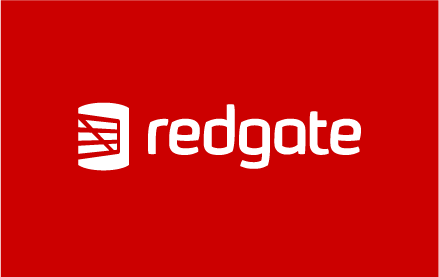December 2020 Update: Multiple teams, new user management and enterprise licensing
Our December update lets it rip once again: From now on, you can create and manage multiple teams in your SIGNL4 subscription. For this purpose, we have also added a new user role and enhanced our web app. This makes it much easier to centrally manage multiple departments in your organization. Creating, setting up and supporting these departments or teams thus becomes a breeze. All details can be found in this blog article.










